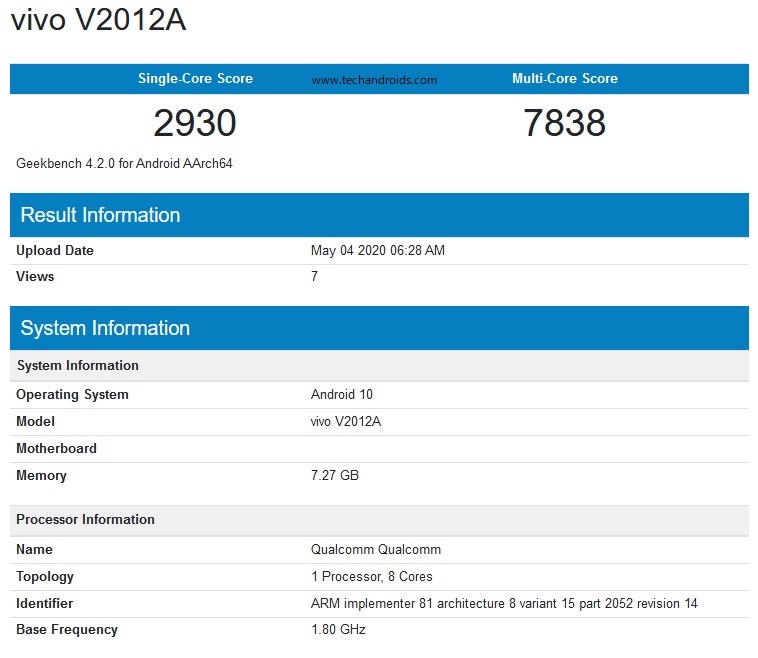If you have had trouble accessing the Android data and Android OBB directories, then we have a way for you to fix this issue. For several years, Google has been trying to block access to these two folders. When this restriction was first implemented as scoped storage, almost every popular file manager app found an easy workaround that allowed them to continue accessing those directories.
Demonstration of the Issue
But there have been some more strict updates going out, and many people are now unable to access those folders with their favorite file manager app. So, in this article, we will show you a quick and easy method of regaining read and write access to all those folders.
Step-by-Step Solution
To demonstrate what is happening, we will open up our file manager of Choice and try to access the Android data directory. We are going to go to Android, and we will go to data, which will list all of the apps that we currently have installed.
Using the Obtanium App as an Example
We will use the Obtanium app as an example in this step-by-step guide but we know many emulators out there require you to go into the data or Obb directory to install some texture mods.
Whenever you try to access one of those directories, if the file manager you are using has implemented the workaround for scoped storage, you will be told that Solid Explorer needs access to that Android/data directory. So, we are going to need to allow access.
We tap on Grant, and if this works properly, it should show us our data directory. We can then find the Obtanium directory and tell the file manager to use that folder, granting this file manager app access to that directory.
Accessing the /Android/data & /Android/OBB Folders on your Phone without Root Access.
Adjusting File Manager Settings
- However, we can’t do that when we try; we are told to protect our privacy. We need to choose another folder, and it doesn’t matter if we are trying to access the Android data directory or the Android OBB directory. We can’t do it anymore because of the latest restrictions that Google has implemented, so to work around this issue, we are going first to open up the settings application, and then we are going to scroll down a little bit until we find the apps menu.
- From there, we are going to scroll down again and we are going to look for the files App that is just labeled “Files,” not “My Files”; it is just labeled “Files,” and it should have the app icon. We will go into that Files app, and if we look at the top right corner, we should have a three-dot icon right there, also known as a kebab button.
- Tap on that and then tap the uninstall updates option. When you do that, you will get a prompt at the bottom asking if you are sure you want to replace this App with the factory version, which is uninstalling all of the updates that the App has. This is a built-in file manager app that most OEMs replace with their own.
But it is this application that Google is using to block access to the /Android/data folder and the /Android/OBB folder, and since it was an application update for Samsung Galaxy devices that added this restriction, we could tap that three-dot menu icon that we showed you and uninstall all of them.
Repeating Access Steps
- Not only will that remove all of the updates installed for it but it will also remove the restrictions on the data and OBB directories. So, now that is done, we will open up our file manager App of Choice & repeat the steps, and as you can see, there you are in the Android/data directory.
- You should see that obtaining a directory, like we tried to do before, now works. Now, when we tap on Obtanium, we will get that pop-up again, but this time, when we tap on Grant, we can tap the use this folder button at the bottom for that specific folder.
- Now, tap on allow, and we can access that Obtanium folder. You can see this is going to work just the same as your Obb folder as well. You can go into your Winlator folder, your Samsung Apps folder, or any folder you need access to.
- If you get a prompt like you did with the Obtanium app, you have to follow the same steps for the Obb folder that you do for the data folder. So, tap on Grant, Use that Folder, and Allow, and you will now have access to that directory.
Post-Access Update Considerations
We understand that some people do not want a system application like the files App to remain outdated. Sometimes, these app updates include security patches for pretty critical exploits, and we cannot utilize the App Store to uninstall the latest update for that App because Google does not push out those updates from the Play Store but you can sideload it manually.
Updating the Files App Post-Procedure
- If you want to update the files App again, it is something that we recommend you do after you have granted yourself access to the folders that you want. You can also visit the page on the APK mirror site and download the latest version of the Files App to sideload it manually.
- We have included a direct link to that page for those who want quicker access to it and when you download the App, it will be packaged up as an app bundle, so to install that update, you have to install the APK mirror installer also.
- Once that has been installed and after you download that app update from APK Mirror, you can tap on browse files, find the files update that you just downloaded, tap on install package, tap on install the App, and then after a few seconds, you will see the update notification.
- You can update the App manually, and as mentioned, even though you have manually updated the App, your file manager of Choice will still retain access to those specific folders that you have manually granted access to.
Compatibility and User Feedback
Compatibility Across Devices
We had previously done this on both of our Yuzu installs, which is why we continue to have access to them even after we updated the App. These steps in this article may work on devices from other OEMs.
Limitations
- We haven’t been able to test this with a phone running MIUI yet, but we suspect it will work the same. One issue we have ran into when testing this with other phones is that it will not work on our Google Pixel 8, which may be due to the built-in files App always having the updated version.
- So, even though we are trying to uninstall those updates, it still keeps a version of the App on the phone that includes those patches. This workaround may work on the Google Pixel 7 or the Google Pixel 6 devices since it is unlikely those phones were shipped with the updated version of the files app.
In the comments section below, let us know if this worked on your device and let us know which phone you have. That way, we can get a running list of which devices this workaround is accurate for and which devices it doesn’t work for. Hopefully, there will also be a workaround for these newer Google Pixel devices.
Conclusion
We can easily bypass this with root access or some ADB Commands, but we understand that most people will want to do all of this directly from a file manager application they like to use.








